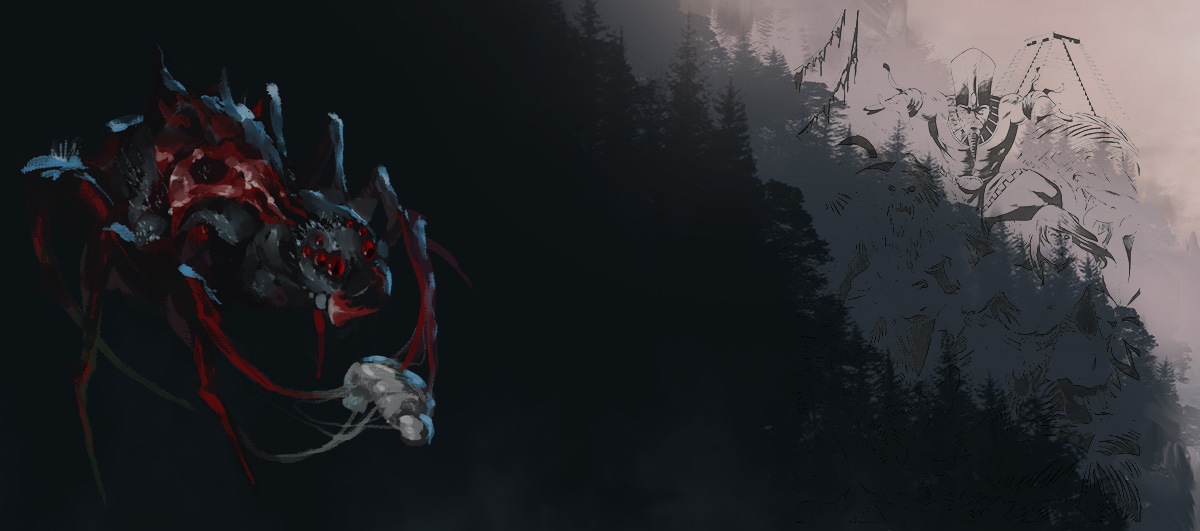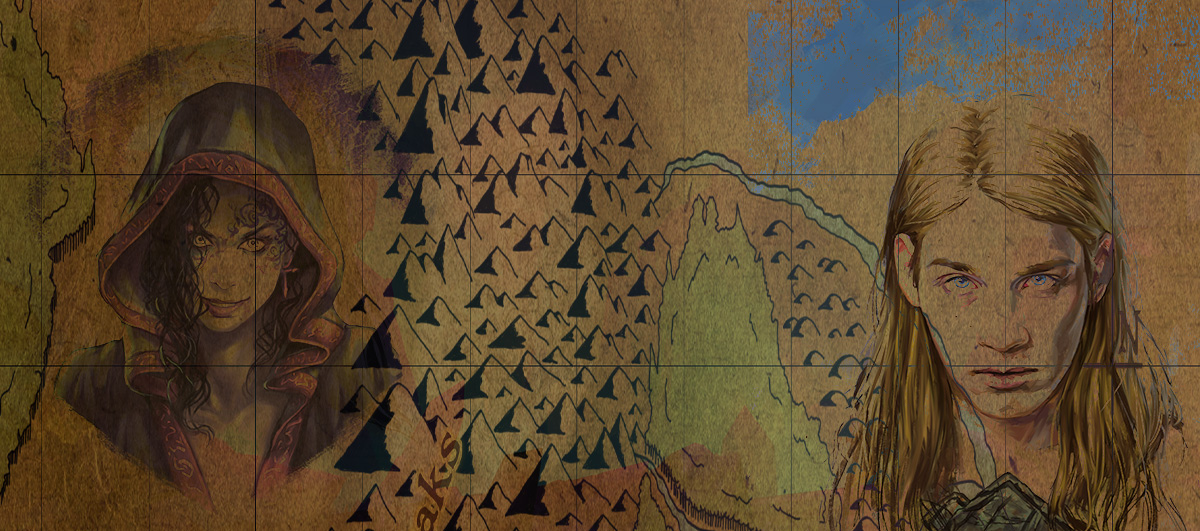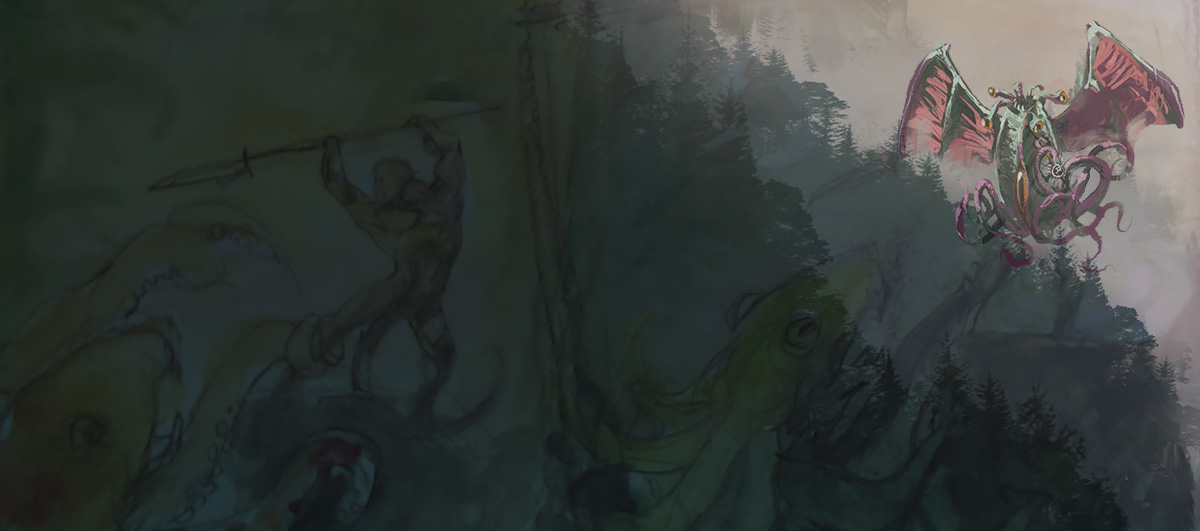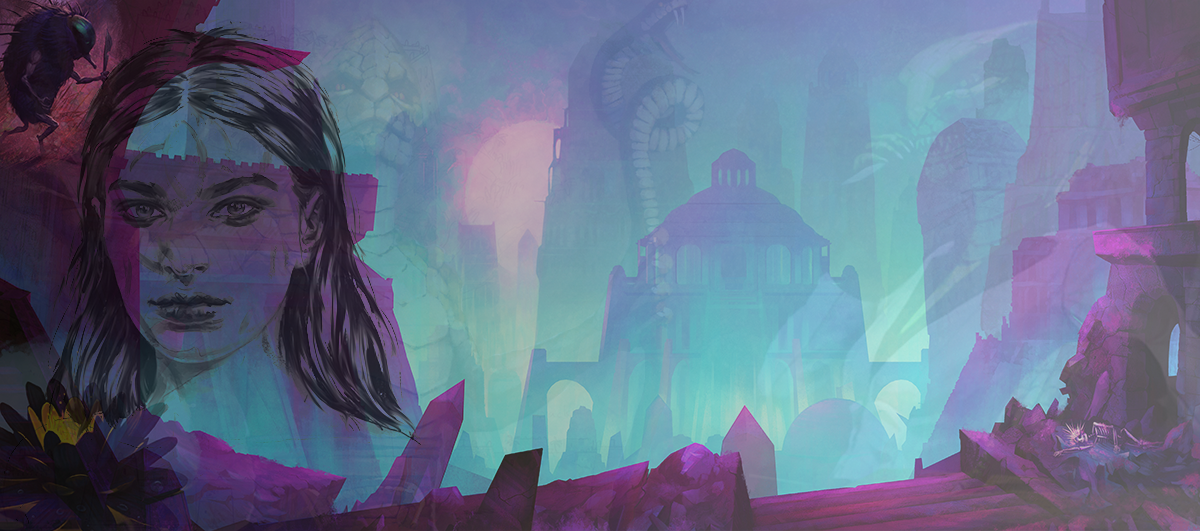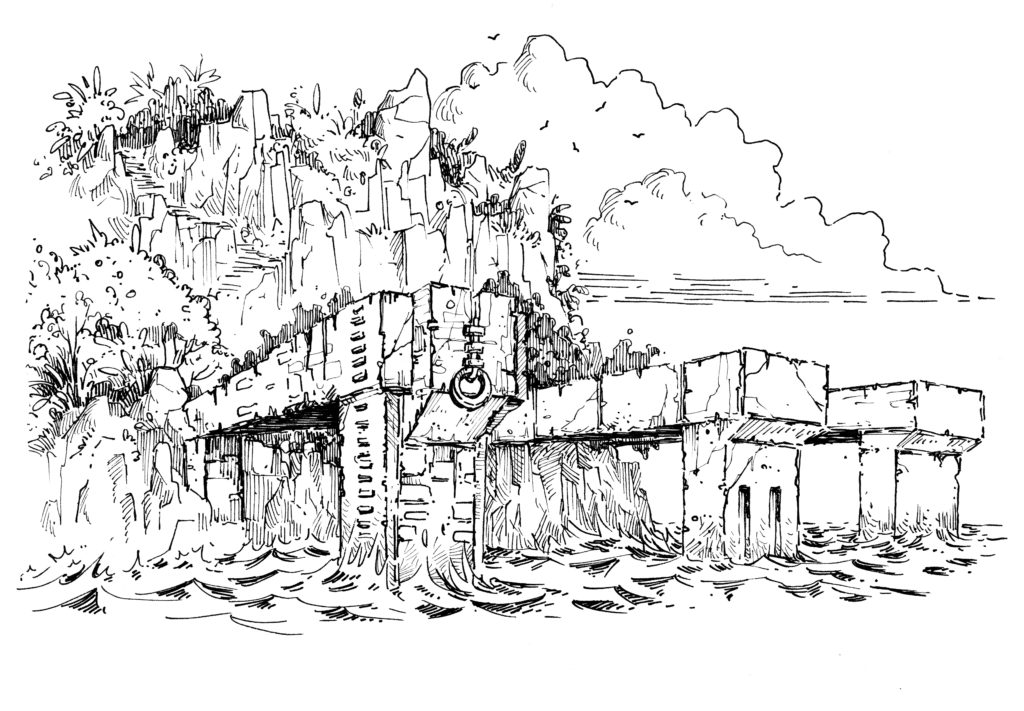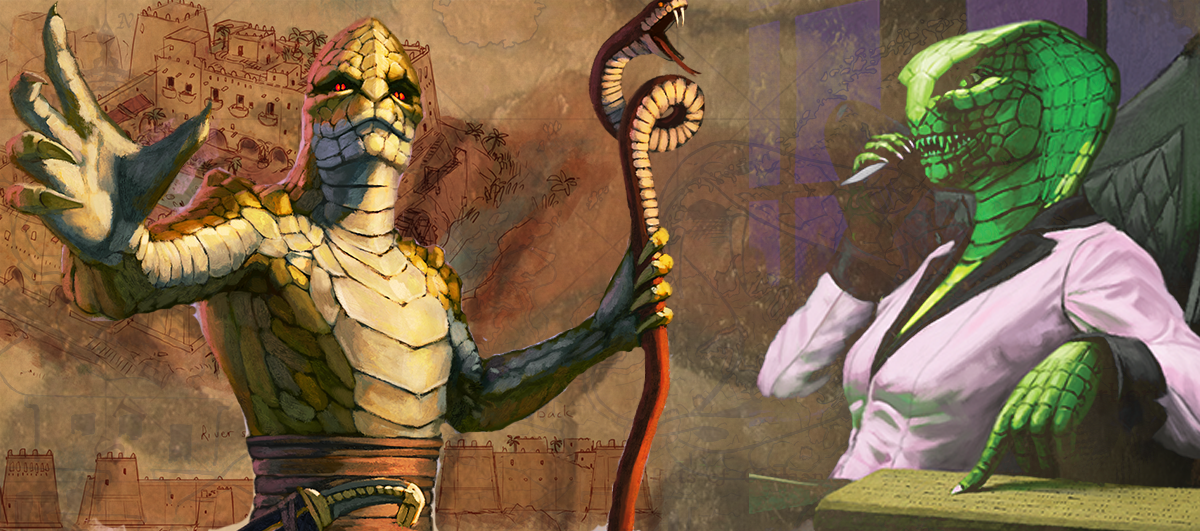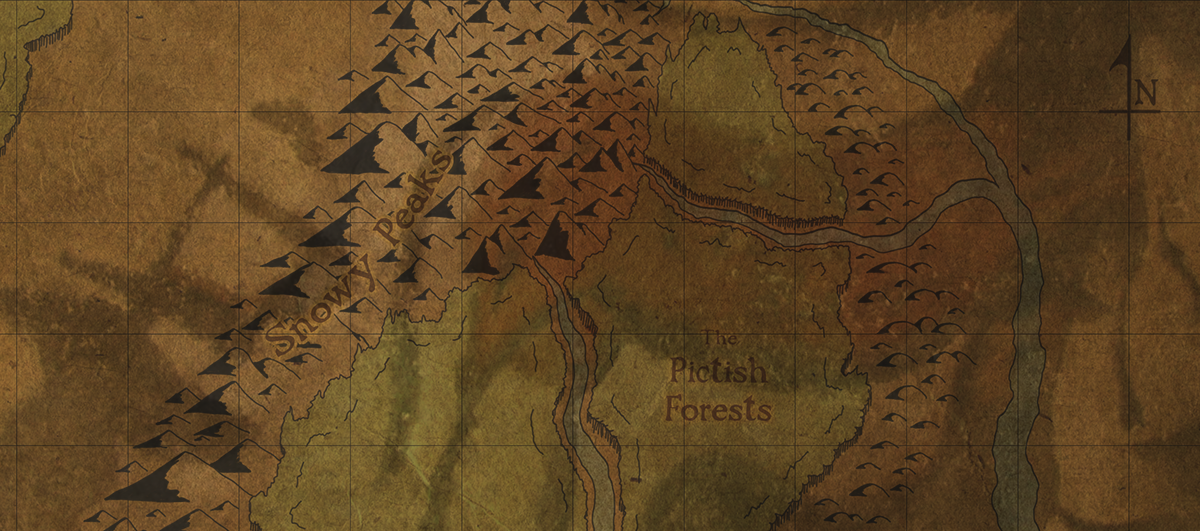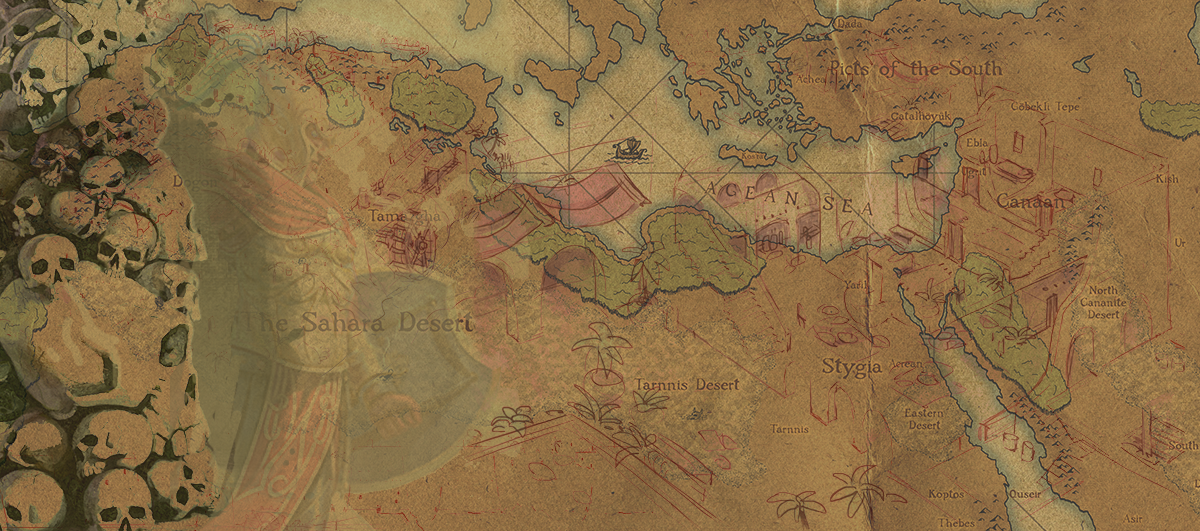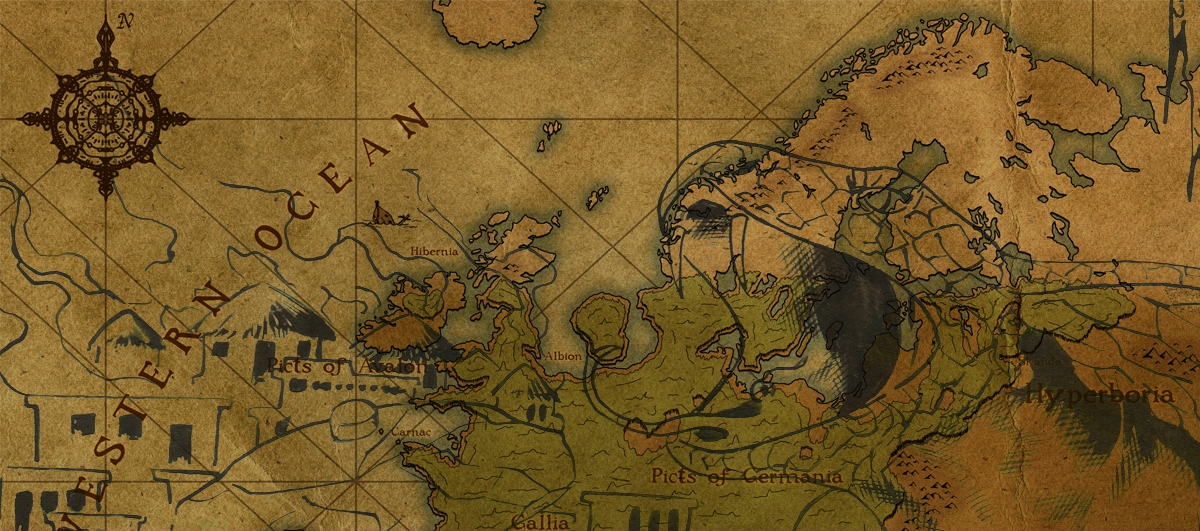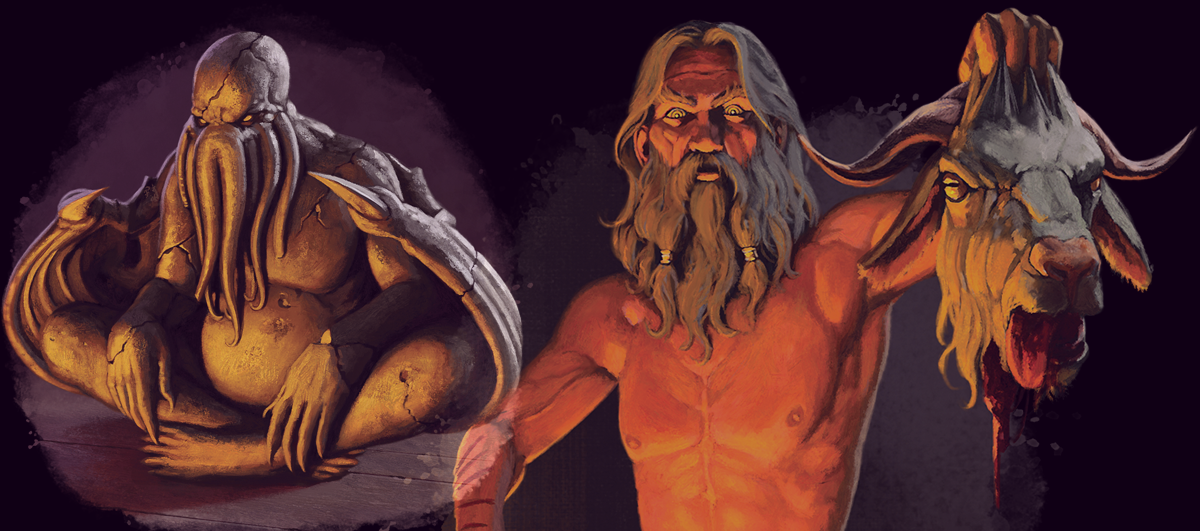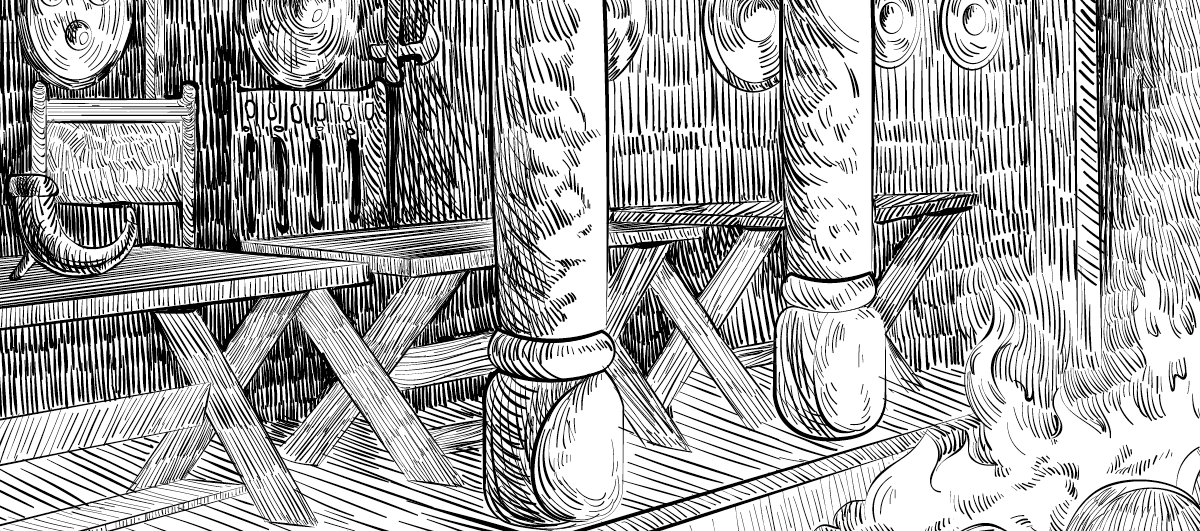Exploring the Origins of Atlantis and its Place in Sword and Sorcery
In our last couple of articles, we’ve taken a closer look at some of the different myths and legends that have fed into sword and sorcery mythology, and this post will be no different. The truth is that sword and sorcery is such a huge, diverse genre that it’s influenced by a little bit of everything.
Today, we’re going to be climbing into our diving gear and heading under the water to pay a visit to the sunken island of Atlantis, starting out by taking a look at its origins and moving on to take a look at how sword and sorcery has felt its impact.
Like many myths and legends, the tale of Atlantis dates back at least a couple thousand years, and while it does go hand-in-hand with sword and sorcery, it’s been used in pretty much every genre there is. So what is it about Atlantis that makes it so enduring? And who are some of the authors – both classic and contemporary – who’ve used its story to good effect?
Let’s jump into the water and find out.
The origins of Atlantis
The lost island of Atlantis has its origins in philosophy, and in fact it’s the brainchild of Greek philosopher Plato. Taught by Socrates, Plato taught Aristotle, who then taught Alexander the Great, arguably the closest thing our real world has to a sword and sorcery hero.
Much of what Plato talked about was based on real events, but the legend of Atlantis has essentially been proved to be false, though there are still one or two people who’ll swear there’s evidence that it once existed.
Plato first told his followers the story of Atlantis in around 360 BC, nearly two and a half millennia ago. According to Plato, the Atlantians were half god and half human and they lived in a perfect society that can best be described as a heavenly Venice. He said that Atlantis existed around 9,000 years earlier and that its stories had been passed down orally from generation to generation, but his own testimony is the earliest known reference to the sunken island.
No one really knows exactly where Atlantis was supposed to be, and historians and mythologists alike have made suggestions that literally span the globe. In fact, its exact location doesn’t really matter when we’re talking about its influence on sword and sorcery, because it’s usually being ported into some unusual fantasy world anyway.
The only thing that really matters for our purposes is how the legend ends, which is always the same. The island disappeared beneath the sea and was never heard from again. At least, not until it started popping up in our literature.
Atlantis and Robert E. Howard
You can’t talk about Atlantis in sword and sorcery without talking about Robert E. Howard. He’s the creator of many of sword and sorcery’s most well-known characters, most notably Conan the Barbarian, but he also used Atlantis and Atlantian mythology to create Kull the Conqueror. You might have heard of him under his other name, Kull of Atlantis.
Kull came first, and he’s arguably a less refined version of Conan who’s set amongst a different backdrop. Born in around 100,000 BC, Kull lives in an Atlantis that’s populated by barbarian tribes and which lies on the west of the continent of Thuria. Kull’s own tribe is from the Tiger Valley, an area of Atlantis which was destroying by flooding, foreshadowing the eventual fate of the whole island.
Kull is interesting because there are similarities between Kull and the character of Mowgli in Rudyard Kipling’s Jungle Book. In fact, he’s arguably the Atlantian Mowgli, because he survived alone in the wild from a young age before being adopted by the Sea-Mountain tribe. Kull is eventually exiled from Atlantis and spends a short period as a pirate, further continuing that watery theme.
There’s more to Kull’s story of course, but we don’t want to spoil it for you and his later years don’t tie back as heavily to the theme of his early years in Atlantis. Kull himself only featured in a dozen stories, and only three of those were published before Howard’s death in 1936. Howard later reused many of the elements of his Kull mythos to create the character of Conan, but he ultimately left the Atlantis elements behind to establish Conan instead as a Cimmerian.
Atlantis in Sword and Sorcery
But that’s not where Atlantis’ influence on sword and sorcery comes to an end. In some cases, as with Kull of Atlantis, the connection is more direct and more obvious. In other cases, it’s used subtly, with story elements or little nods to the original myth.
Robert E. Howard wasn’t the only one of his contemporaries to write about Atlantis. For example, Edgar Rice Burroughs wrote about a colony of Atlantis, called Opar, in his Tarzan series. More recently, Kara Dalkey wrote her Water Trilogy, which mixes up both Arthurian and Atlantian legends. There’s really nothing quite like it.
Even earlier than Howard, Sherlock Holmes creator Sir Arthur Conan Doyle wrote a novel called The Maracot Deep in which a deep-sea diving team finds the lost city beneath the waves. Conan Doyle didn’t live long enough to witness the rise of sword and sorcery, but he did use elements of it in his historical fiction novels about the swashbuckling Brigadier Gerard and the adventures of The White Company.
In her The Fall of Atlantis series, Marion Zimmer Bradley channels the spirit of sword and sorcery and mixes it up with the Atlantis legend to tell the story of Britain’s ancient druids. For Zimmer Bradley, the druids were the direct descendants of the survivors of Atlantis. Even the Godzilla series looked to get on board with a novel called Godzilla and the Lost Continent that was eventually shelved by Random House before it could be published.
And when it comes to more hardcore, traditional sword and sorcery, you’ll want to check out Sherrilyn Kenyon and her Dark-Hunter series. Following a hero called Alak, the series also has elements of the paranormal, its own impressive mythology system and a bunch of reinterpretations of Greek myths. The leader of the Dark-Hunters is a former Atlantian god.
A new take on Atlantis
As with anything that becomes a cliché, the legend of Atlantis then started to spawn a range of new interpretations which played with the legend or which looked at it from a different light. One of my favourite examples of this is Sir Terry Pratchett, who used a spin on the Atlantis tale in his Discworld novel, Jingo.
Here, instead of Atlantis sinking beneath the sea, it suddenly rises, catching two rival fishermen unawares. Each stakes a claim to it on behalf of their respective nations, and before we know it, two of the Disc’s most powerful armies are at each other’s throats, preparing to go to war. Of course, it would be more like traditional sword and sorcery if his epic barbarian character Cohen the Barbarian made an appearance, but it’s still a cracking take on the Atlantis myth.
Atlantis even appeared in K. A. Applegate’s Animorphs series, which has helped to introduce the legend to a new generation of readers. But let’s not forget the older takes on Atlantis, those that predate the sword and sorcery genre. We haven’t even talked about Jules Verne and 20,000 Leagues Under the Sea, in which the crew of the Nautilus walks along the sea bottom before discovering the sunken ruins of the island. Nor have we talked about John Wyndham and his The Kraken Wakes, which features a terrifying deep sea monster.
The lost island even gets a namecheck in Eoin Colfer’s crazy popular Artemis Fowl series, as well as a little reference in Neil Gaiman’s Neverwhere. The fact is, it’s virtually impossible to write about the water without feeling the spectre of the Atlantis myth hovering on the horizon. There are even those who’ll swear that the cataclysmic flood in the Bible is what drove Atlantis beneath the waves in the first place. If nothing else, the Kraken Wakes, the Bible and the Atlantis myth all tap into our sense of wonder about the water.
The earth’s surface is 70% water, and even with today’s advanced technologies, there’s a lot we don’t know about the ocean. In fact, as much as 80% of the ocean is unexplored, and so who’s to say? Perhaps the lost continent of Atlantis is out there somewhere after all.
Conclusion
We’ve covered a lot today, but there’s no way that we could cover absolutely everything. That’s why we want to hear from you! If you’ve come across other examples of sword and sorcery tapping into the legend of Atlantis, be sure to let us know in the comments.
Ultimately, the main conclusion to be found here is that the Atlantis tale is super adaptable and that it sneaks its way into every genre, and not just sword and sorcery. Sure, there are a few natural ways in which the two can work together symbiotically, but with so many authors out there – and so many genres – we shouldn’t be surprised to see it cropping up everywhere.
As for me, all this talk about Atlantis and sword and sorcery has got me wanting to revisit some of the classics, and so I think I’m off to revisit some of the books and movies that we’ve talked about in this article. It’s a good job I can swim!
Article Written by Dane Cobain for Epiphany Entertainment
Copyright ©Epiphany Entertainment 2020
